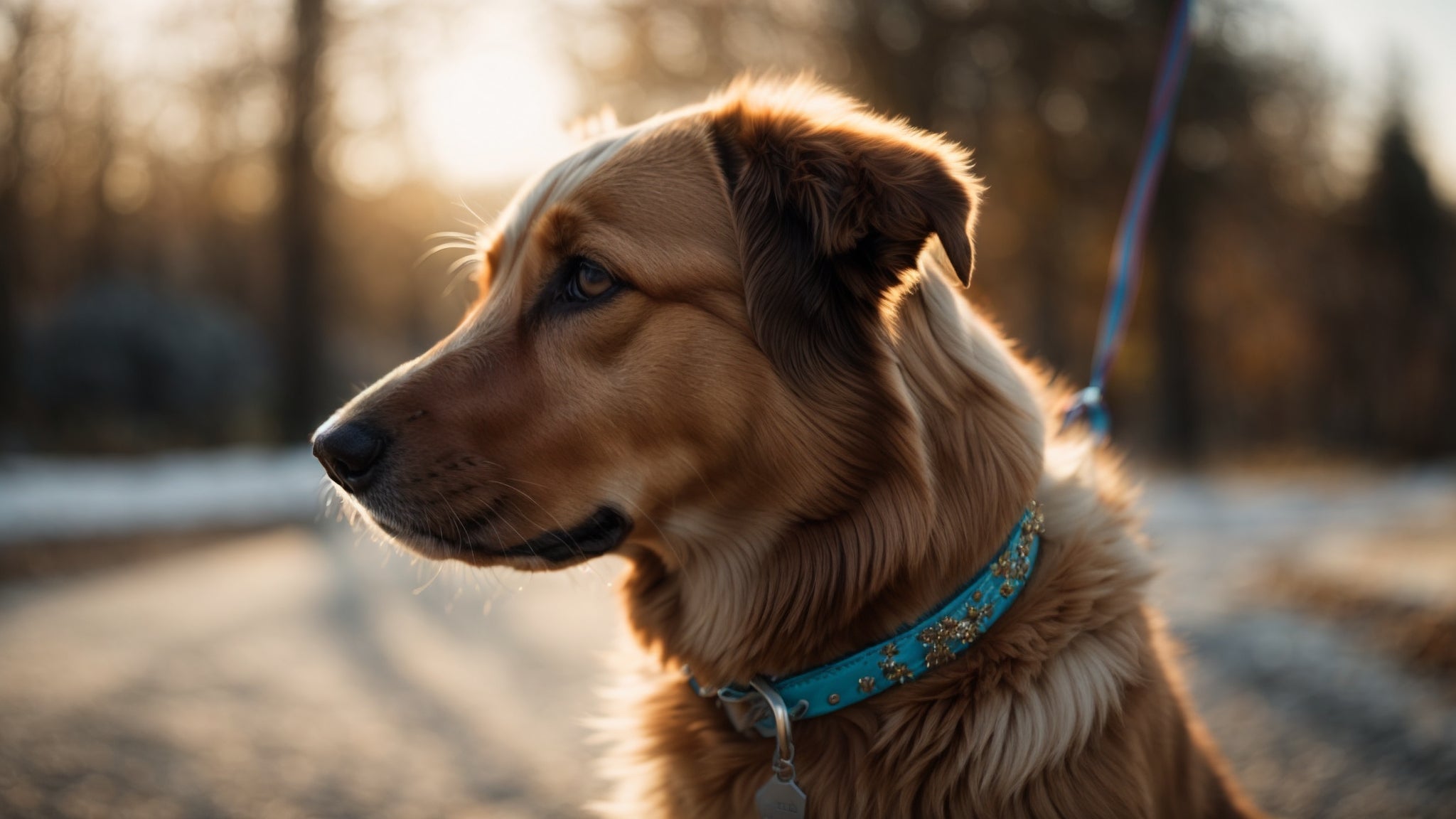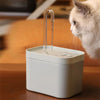Can a Dog Collar Cause Hair Loss? A Comprehensive Guide

Can a Dog Collar Cause Hair Loss?
Many dog owners love to accessorize their furry friends with stylish collars, but have you ever wondered if your dog's collar could be the culprit behind patchy fur or hair loss? The answer, unfortunately, is sometimes yes. While not all collars cause hair loss, certain factors can contribute to this problem. This comprehensive guide explores the potential causes, prevention strategies, and solutions for collar-related hair loss in dogs.
Understanding the Potential Causes
Several factors related to dog collars can lead to hair loss:
- Friction and Pressure: Constant rubbing from a tight or ill-fitting collar is the most common cause. This friction can irritate the skin, leading to inflammation and, ultimately, hair loss. This is particularly true for collars that are too tight, made of harsh materials, or are constantly rubbing against the dog's neck due to movement or activity.
- Material Irritation: Certain collar materials, like cheap plastics or those with rough textures, can directly irritate a dog's sensitive skin. This irritation triggers an inflammatory response that can damage hair follicles and lead to hair loss. Similarly, collars with metal buckles or adornments can cause pressure points and irritation.
- Allergic Reactions: Some dogs may develop allergic reactions to certain materials used in collars, such as dyes, metals, or chemicals used in the manufacturing process. This allergic reaction can manifest as itchy skin, redness, inflammation, and hair loss.
- Collar Type: Certain collar types, such as those with prong or choke chains, can increase the risk of hair loss due to the pressure and constriction they apply to the neck. Flat collars are generally considered safer.
- Poor Collar Fit: A collar that's too tight or too loose can contribute to hair loss. A tight collar creates constant friction and pressure, while a loose collar can easily get tangled and pull on the fur, causing breakage and loss.
Identifying Collar-Related Hair Loss
Recognizing the signs of collar-related hair loss is crucial for early intervention. Look for:
- Patchy hair loss around the neck, particularly where the collar sits.
- Redness, inflammation, or irritation of the skin under the collar.
- Scaling or crusting of the skin.
- Excessive licking or scratching at the affected area.
If you notice any of these signs, consult your veterinarian immediately.
Prevention and Treatment
Preventing collar-related hair loss involves careful selection and proper use of collars:
- Choose the right material: Opt for soft, breathable materials like nylon or leather. Avoid harsh plastics or materials that may irritate the skin.
- Ensure a proper fit: The collar should fit snugly but not so tight that you can't comfortably fit two fingers underneath. Adjust the collar as your dog grows.
- Regularly check the collar: Inspect the collar daily for wear and tear, and replace it if needed.
- Consider alternatives: For dogs prone to collar-related hair loss, explore alternative identification methods like microchipping.
- Address underlying conditions: If your dog has an allergy or skin condition, address it with your veterinarian to minimize irritation.
If your dog already has hair loss from a collar, your vet may recommend topical treatments to soothe the skin and promote hair regrowth. In some cases, medication might be necessary to address allergies or infections.
Frequently Asked Questions (FAQs)
Q: What type of collar is best for preventing hair loss?
A: Flat, buckle collars made of soft, breathable materials are generally recommended. Avoid choke chains, prong collars, and overly restrictive collars.
Q: My dog is constantly scratching his neck, could it be the collar?
A: Yes, excessive scratching could be a sign of collar irritation or allergy. It's essential to check the collar and consult your vet.
Q: Can a harness prevent collar-related hair loss?
A: Harnesses distribute pressure more evenly than collars, potentially reducing friction and pressure points and minimizing the risk of hair loss. However, ensure the harness fits properly to avoid other issues.
Q: How often should I check my dog's collar?
A: Daily checks are recommended to identify any issues early on. Look for wear and tear, tightness, or any signs of skin irritation.
By following these guidelines, you can help keep your furry friend comfortable and prevent collar-related hair loss. Remember, a healthy and happy dog is a priority. Always consult your veterinarian if you have any concerns about your dog's health or wellbeing.
-
Posted in
Collars




